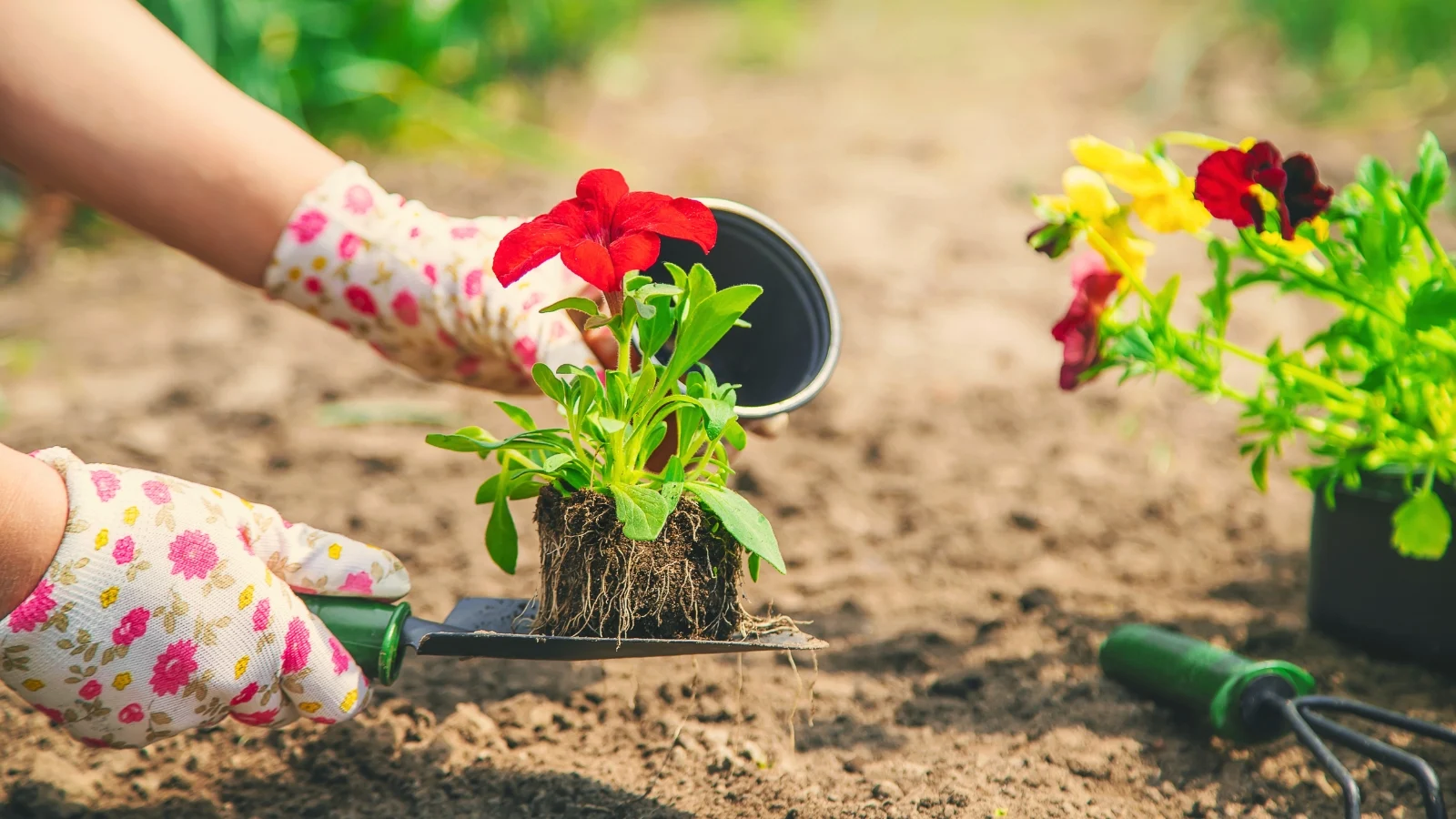Moving seedlings from pots to the ground might not be as simple as you think! Join farmer Briana Yablonski to learn some common transplanting mistakes and how to avoid them.
You might think transplanting is as easy as grabbing a tomato or petunia seedling from the store, digging a hole, and popping it into the ground. Sure, that might work sometimes, but plenty can go wrong—leaving you with stunted, discolored, or even dead plants.
Whether you bought your seedlings from a garden center or grew them yourself at home, it’s frustrating to see them go from thriving to struggling. But don’t panic—there’s still hope for saving them!
I’ll walk you through some common transplanting mistakes so you can steer clear of them. Plus, I’ll share what to do if you’ve already made one of these errors.
What Is Transplanting?
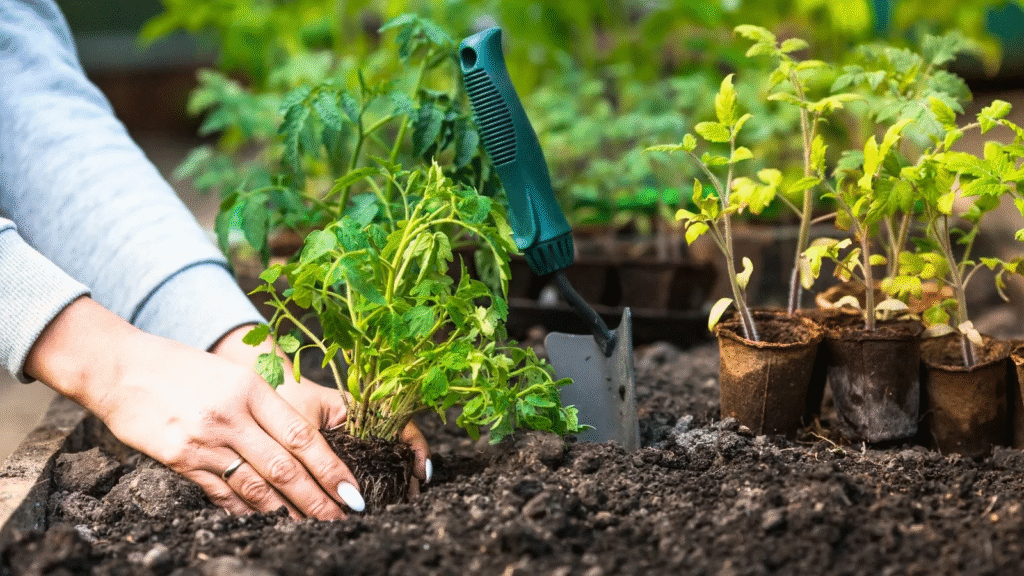
When you’re growing flowers, veggies, herbs, or any other crop, you’ve got two main options: You can sow seeds directly in the garden or transplant seedlings you’ve bought or started indoors.
Root crops like carrots and radishes do best when sown directly, but many others handle transplanting just fine. Transplanting helps with spacing, gives you a head start in spring, and makes germination more reliable.
But—as I’ll explain—gardeners often mess up when transplanting. Knowing these pitfalls can help you avoid them!
Planting at the Wrong Time
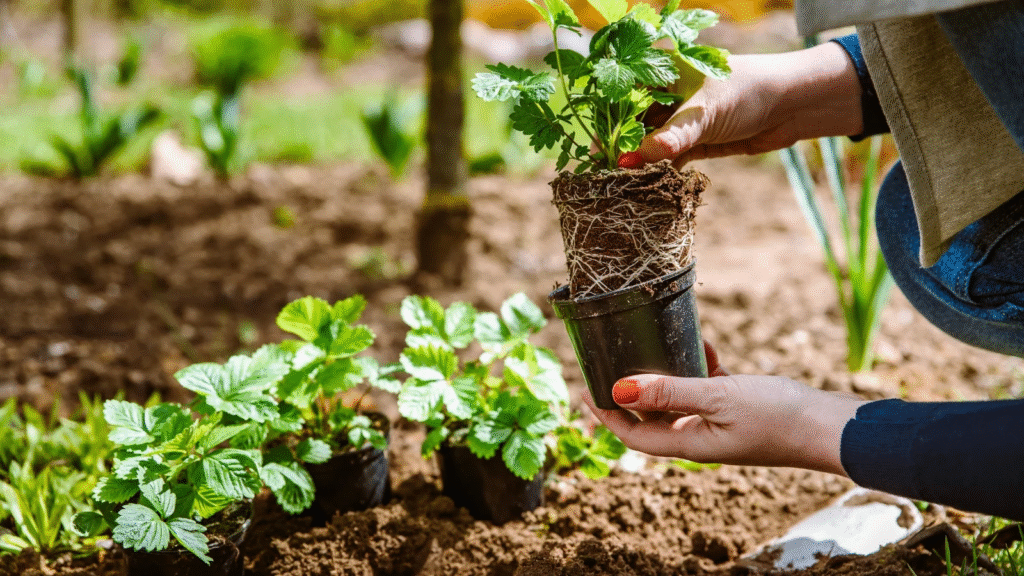
Warm-weather crops hate cold feet—wait until the soil is nice and warm.
Every plant has its ideal growing season. Tomatoes and sunflowers, for example, love warmth and can’t handle frost or temps below 50°F (10°C). On the other hand, peas and violas thrive in cooler weather.
Knowing what each plant likes is key to planting at the right time. Many seed packets tell you when to start seeds indoors and when to move them outside.
Instead of relying on calendar dates, let the weather guide you. Since temperatures vary by region, it’s better to follow advice like, “Plant tomatoes two weeks after your last frost date.”
Tips for Fall Plantings
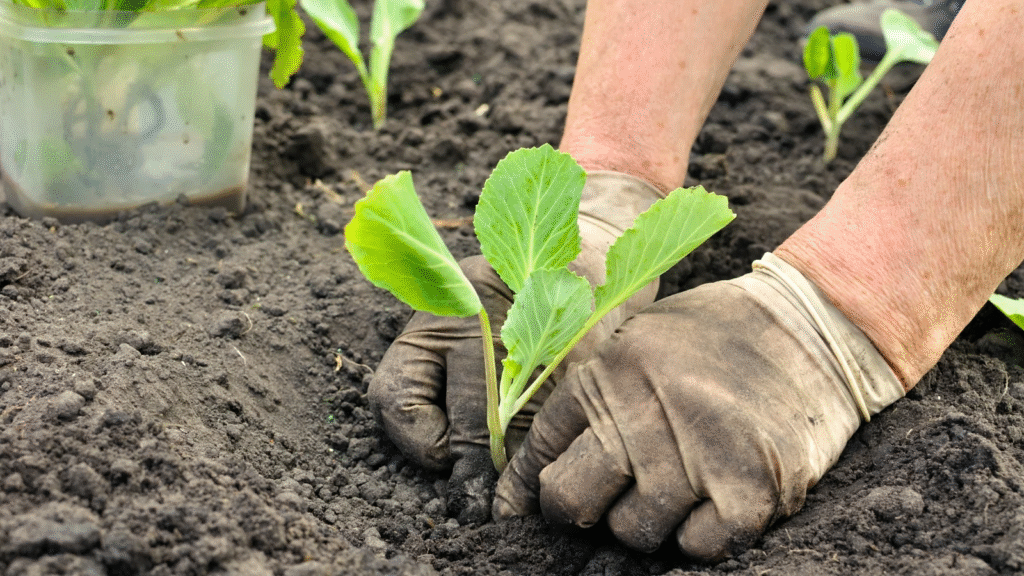
Don’t wait for sweater weather—get those cool-season crops in early.
It’s easy to remember not to plant frost-sensitive crops while frost is still a risk. And it makes sense not to transplant heat-sensitive kale or cabbage right when summer’s first 90°F (32°C) day hits.
But timing fall crops like kale, cabbage, and cauliflower can be tricky. They dislike heat but need months to mature. If you want them ready before daylight shrinks in November, you often have to plant them while it’s still hot.
In many places, August and September are ideal for transplanting fall crops. It might feel weird planting cool-weather veggies on a scorching day, but it’s the right move! Wait too long, and they won’t mature in time.
Skipping Hardening Off
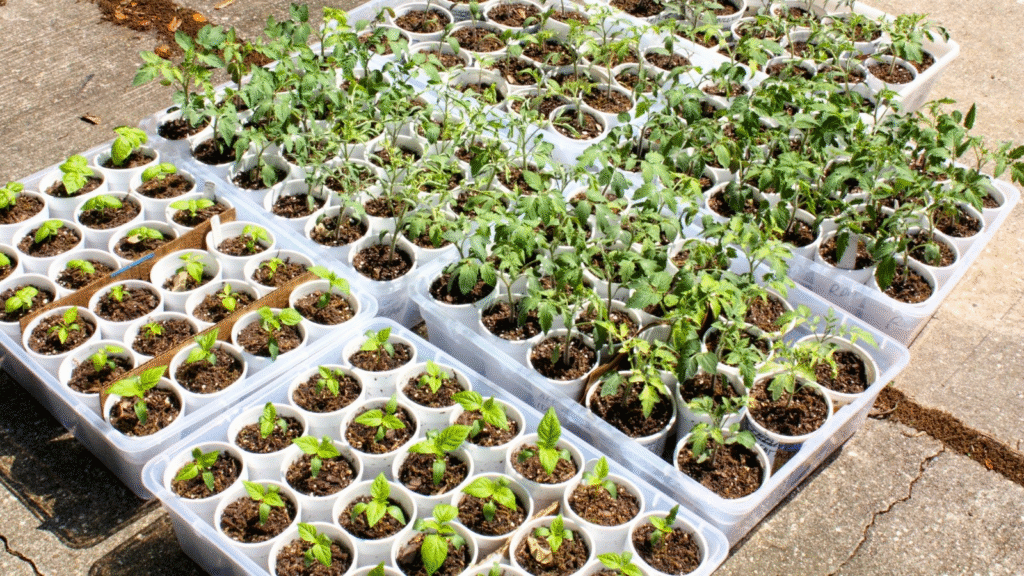
Fresh air and sunshine toughen them up for garden life.
Many seedlings grow up in cozy, controlled spots like greenhouses or spare bedrooms. These places give them perfect conditions, but they also keep them sheltered. If you move them straight to the garden, they’ll freak out from the sudden change.
Hardening off helps avoid this mistake. It’s the process of slowly introducing seedlings to outdoor conditions—wind, sun, and temperature swings—before planting them for good.
If you started your seeds indoors, take the plants outside to a shady spot for a few hours, then bring them back in. Gradually increase their outdoor time until they’re out all day, then move them to full sun. Once they’ve spent a full day and night outside, they’re ready to plant. This usually takes about a week.
If you bought nursery plants that were already kept outdoors, the process is shorter. Just let them sit outside in their pots for a few days before planting.
Recovering From Transplant Shock
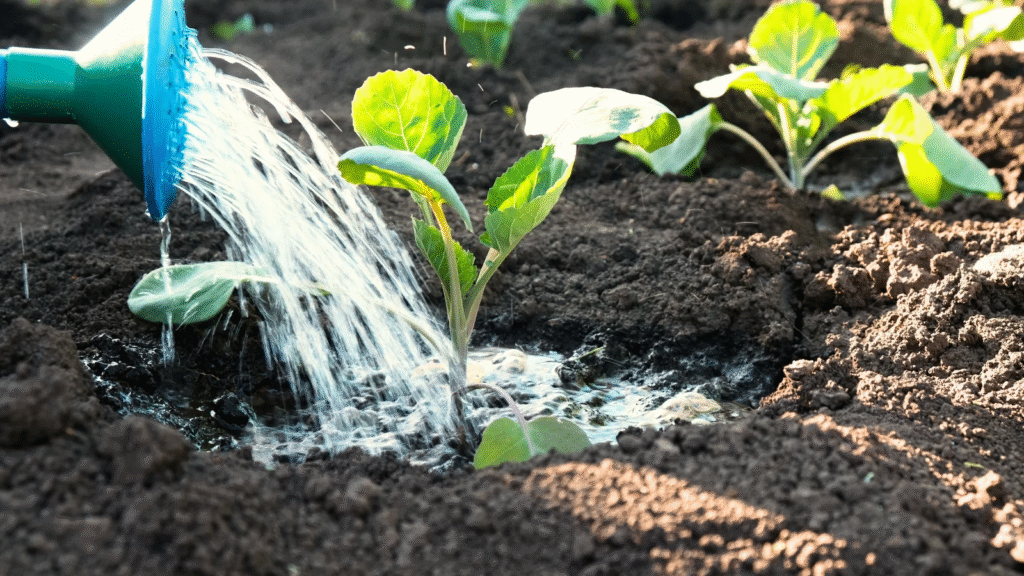
If you skipped hardening off, your plants will likely show signs of stress after transplanting—yellowing leaves, stunted growth, or wilting. If this happens, don’t go overboard trying to fix it.
As long as temperatures stay right and the soil stays moderately moist, the plants will recover on their own. No need to drown them in fertilizer or water—just give them time. They’ll usually perk up in a week or two.
Damaging Roots During Planting

When I first started farming, I was surprised by how tough some plants were. After planting thousands of lettuce or kale seedlings, I learned their roots didn’t need babying—as long as they had good soil contact and moisture, they’d be fine.
But some plants, like cucumbers, melons, parsley, and cilantro, have delicate roots and need gentler handling. Ease them into their hole and cover the roots carefully.
When removing seedlings from containers, be gentle. Squeezing the pot’s sides or poking the bottom helps loosen the roots without damage.
Planting at the Wrong Depth
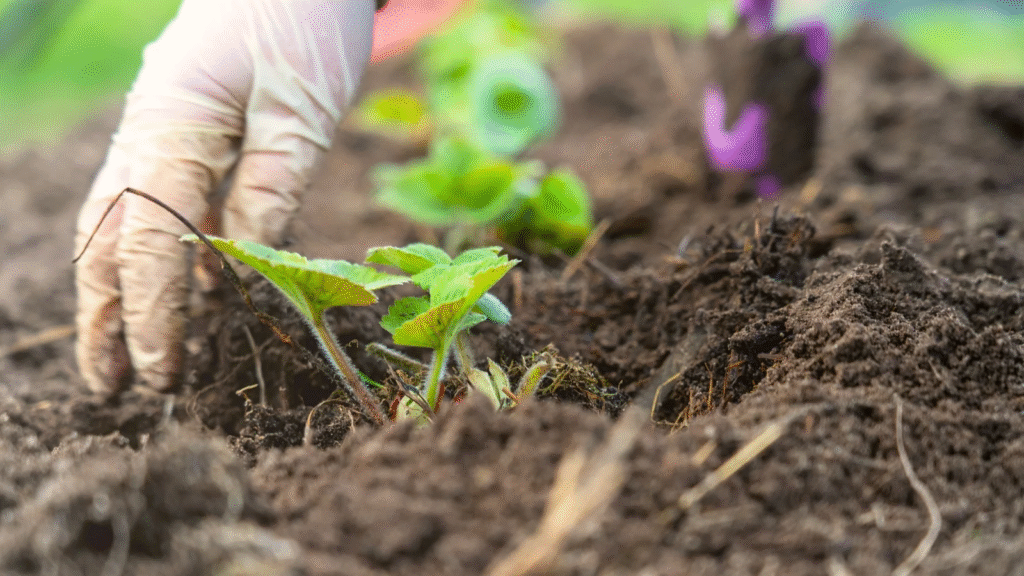
Planting too deep or too shallow are both common mistakes.
Bury a seedling too deep, and you might cover its growth point—where new leaves emerge—stunting it. Deep planting also keeps leaves in contact with wet soil, raising rot risks. But planting too shallow can lead to toppling or drying out.
So what’s the right depth? For most plants, keep the top of the root ball level with the soil. But some, like tomatoes, basil, and peppers, can be planted deeper since they grow roots along their stems. I plant mine so only 6–10 inches stick out above ground.
Starting With Poor Soil
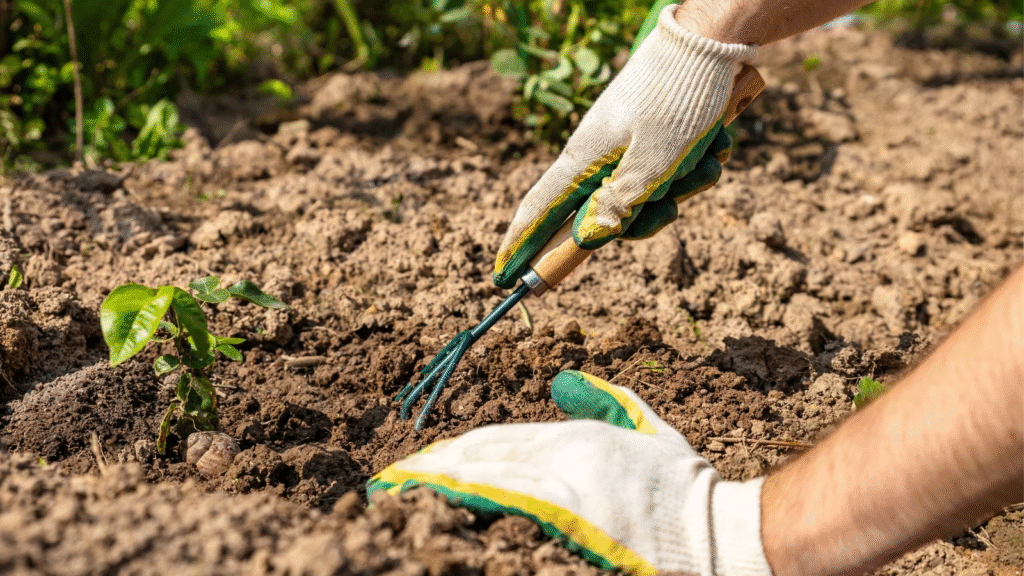
Even the healthiest transplants will struggle in bad soil. Compacted, poorly draining, or nutrient-starved dirt stresses plants and makes root growth tough.
Before planting, prep your garden bed:
- Loosen the top 8–12 inches with a fork or broadfork.
- Test the soil and adjust pH or nutrients if needed.
- Mix in finished compost to boost nutrients, microbes, and drainage.
Avoid planting in soggy soil—working it wet leads to compaction.
For pots or raised beds, use a high-quality potting mix—light, well-draining, but moisture-retentive.
Underwatering After Transplanting
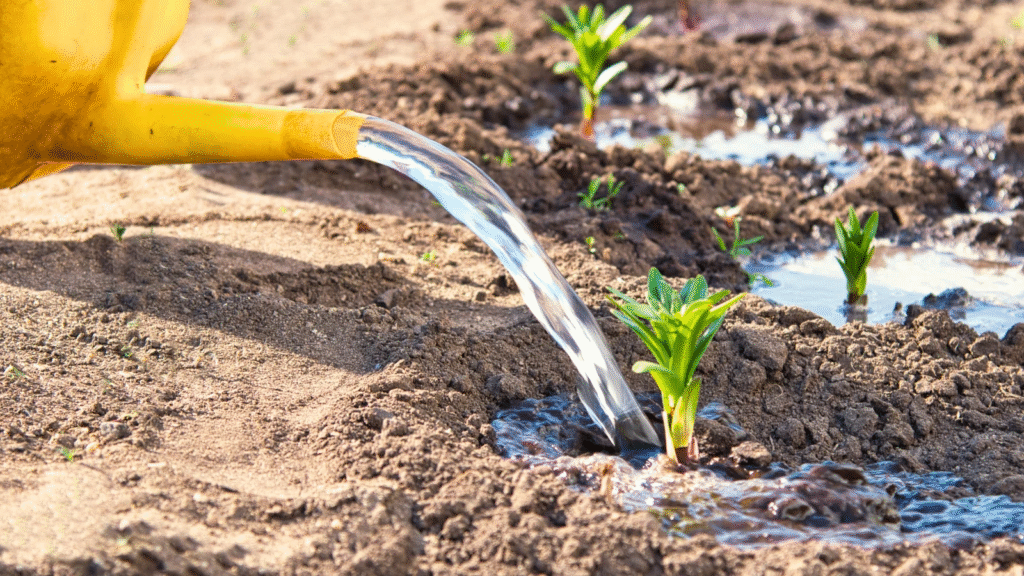
One of the biggest transplanting mistakes? Not watering enough. Tiny seedlings can’t reach far for water, and they’re already stressed from the move.
Water deeply right after transplanting—soak the root ball and soil below. This helps them settle in.
Check daily for the first week. If it’s hot and dry, you might need to water daily—but only if the soil’s dry. Aim for moist, not soggy.
Skip overhead watering—it can cause fungal issues or leaf scorch. Instead, water at the base in the morning or evening.
Crowding Plants
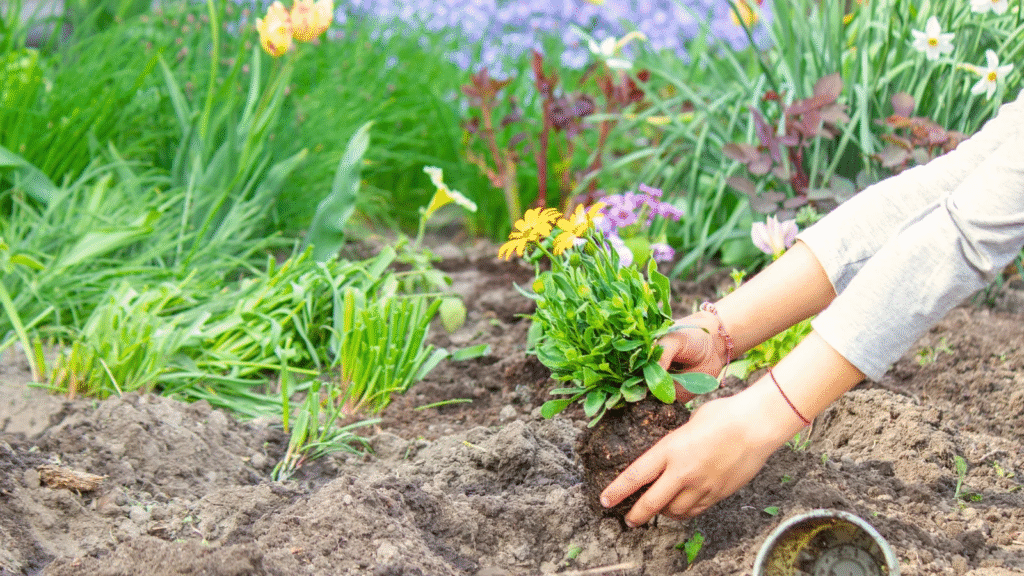
Too close, and they’ll fight for space and resources.
It’s tempting to cram as many seedlings as possible into a bed—but they won’t stay small forever! Crowding leads to competition for water, nutrients, and air, plus higher disease risk.
Check spacing requirements before planting. If you’ve already planted too close, thin them later. It’s hard to pull healthy plants, but a few strong ones beat a bunch of weak ones.

